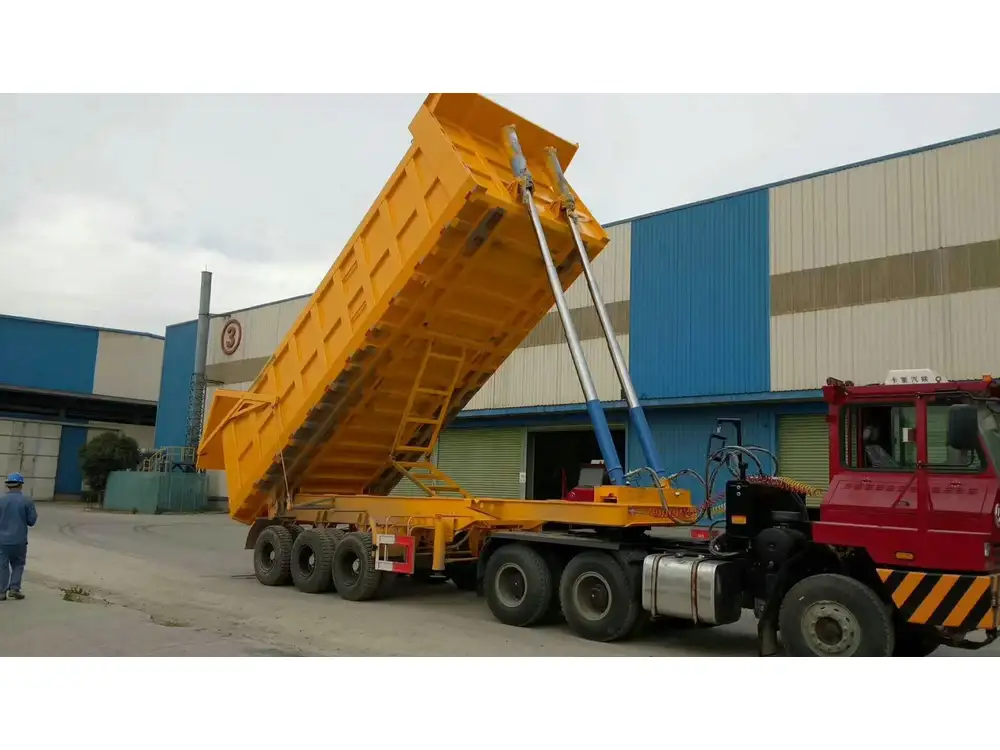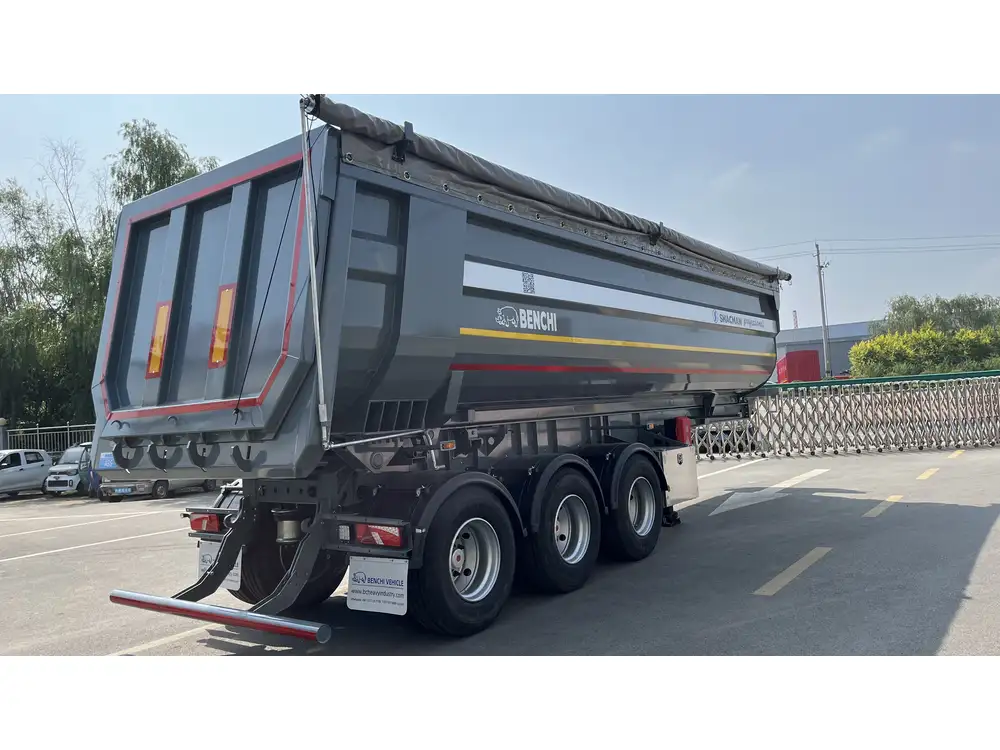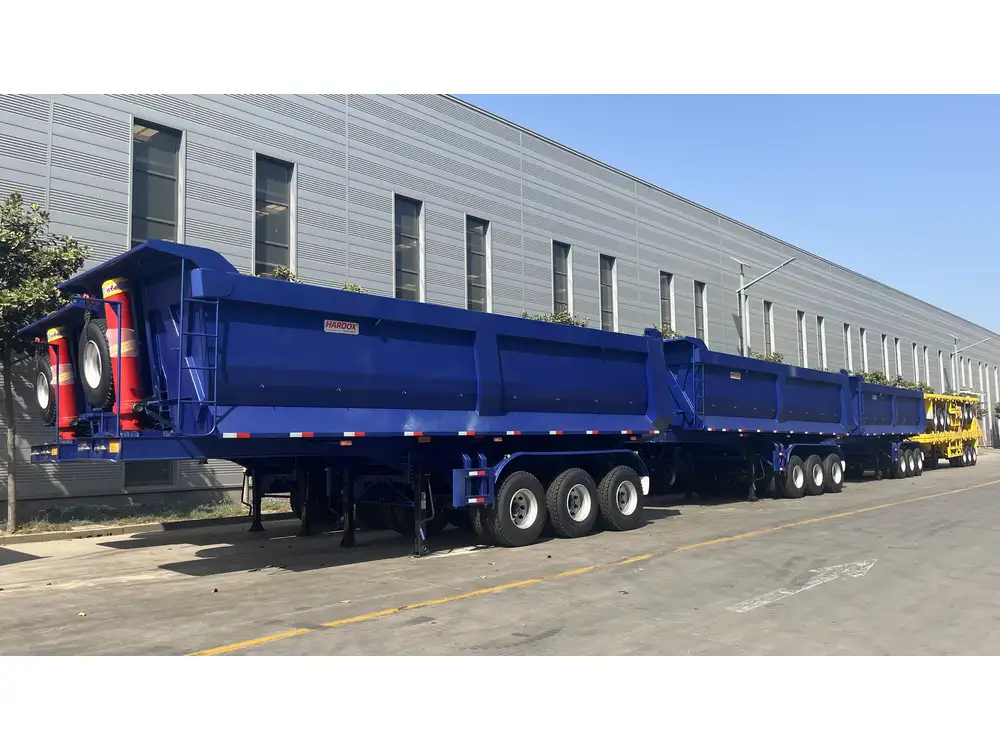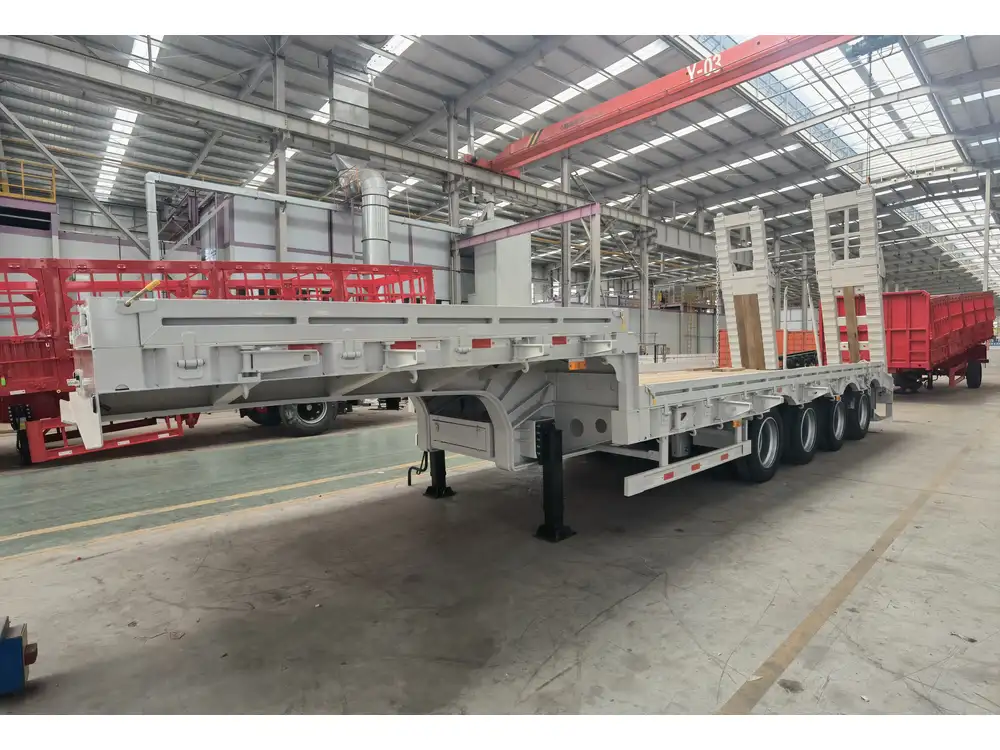When it comes to transporting cattle, understanding the optimal capacity of semi-trailers is crucial for both efficiency and animal welfare. In this detailed guide, we will explore the various factors that influence the number of cattle a semi-trailer can accommodate. From trailer dimensions and configurations to regulatory considerations and best practices for loading, we aim to provide a resource designed to enhance your knowledge and help you make informed decisions.
Understanding Semi-Trailer Dimensions
To ascertain how many cattle can fit in a semi-trailer, we first need to analyze the basic dimensions of standard trailers. Semi-trailers vary significantly in length, width, and height.
Standard Sizes
| Trailer Size | Length (Feet) | Width (Feet) | Height (Feet) |
|---|---|---|---|
| Standard Flatbed | 48 – 53 | 8.5 | 13.5 |
| Cattle Pot (Livestock) | 32 – 53 | 8.5 | 13.5 |
- Standard Flatbed: Primarily used for general cargo but can also be adapted for livestock with proper securement.
- Cattle Pot: Specifically designed for the safe transport of livestock with multiple compartments to ensure proper spacing and ventilation.

Interior Space Considerations
The interior layout of a semi-trailer, particularly a cattle pot, includes various sections for loading and accommodating animals comfortably.
- Floor Space: The available floor space directly affects how many cattle can be loaded.
- Dividers: Many cattle pots come with dividers or partitions that allow for safe loading and transport of multiple animals in a single trip.
- Animal Welfare: It’s essential to understand that more isn’t always better; overcrowding can lead to stress and injury.
Calculating Cattle Capacities Based on Size
To estimate how many cattle can fit in a semi-trailer, we need to consider the average size and weight of the animals. Typically, cattle can be classified into several categories:
| Cattle Type | Average Weight (lbs) | Average Length (Feet) | Average Width (Feet) |
|---|---|---|---|
| Adult Dairy Cow | 1,400 – 2,000 | 8 – 9 | 2 – 3 |
| Adult Beef Cow | 1,200 – 1,500 | 8 – 9 | 2 – 3 |
| Calves | 400 – 600 | 4 – 5 | 1.5 – 2 |
Sample Calculation
Assuming a standard cattle pot of 48 feet in length and 8.5 feet in width, the total area available can be calculated as follows:
[ \text{Total Area} = \text{Length} \times \text{Width} = 48 \, \text{ft} \times 8.5 \, \text{ft} = 408 \, \text{sq ft} ]Given that an adult beef cow occupies approximately 24 square feet (8 feet x 3 feet), we can divide the total area of the trailer by the area occupied by one cow:
[ \text{Number of Cattle} = \frac{\text{Total Area}}{\text{Area per Cow}} = \frac{408 \, \text{sq ft}}{24 \, \text{sq ft}} \approx 17 ]In this example, approximately 17 adult beef cows can be transported in a 48-foot cattle pot under ideal conditions. Variations in weight and size may adjust actual numbers.

Regulatory Considerations for Livestock Transport
Before loading cattle, it’s essential to familiarize yourself with the federal and state regulations governing livestock transport. This legislation focuses on the welfare of the animals during transportation, including:
- Space Requirements: Regulations often outline the minimum space per animal to prevent overcrowding and ensure comfort.
- Transport Time: Many areas have rules about the maximum transport time before a rest period is required.
- Ventilation and Temperature Control: It’s mandatory in many jurisdictions to provide proper ventilation in the trailer to mitigate heat stress, especially in hot climates.
Best Practices for Loading Cattle in a Semi-Trailer
Loading cattle correctly not only enhances their safety but also optimizes the capacity that can be used effectively. Here are essential practices to consider:
1. Pre-Loading Inspection
Before loading, inspect the semi-trailer for:
- Cleanliness: Ensure the trailer is clean to minimize stress and prevent disease.
- Ventilation: Check that all vents and openings are clear and operational.

2. Gradual Loading
Avoid rushing the loading process. Gradually coax cattle into the trailer to:
- Reduce stress levels.
- Prevent injury among cattle during movement.
3. Use of Proper Equipment
Employing the right tools, such as loading chutes or ramps, is crucial to facilitate smooth entry onto the trailer without causing harm.
4. Cattle Distribution
When loading, distribute animals evenly across the trailer. This practice helps maintain balance and stability during transport, reducing the risk of accidents.

Addressing Common Challenges in Cattle Transport
1. Overloading and Its Consequences
Overloading a trailer can lead to:
- Increased stress on animals.
- Higher likelihood of injury or illness.
- Legal repercussions for failing to adhere to regulations.
2. Temperature Control
Monitoring temperature is essential during transport.
- Heat Stress: In hot weather, ensure adequate ventilation and consider using cooling methods.
- Cold Stress: In colder months, ensure sufficient bedding is provided to keep animals warm.

3. Unforeseen Delays
Unforeseen delays can happen during transportation. Always prepare for:
- Potential breakdowns.
- Traffic conditions.
- Weather changes.
Have contingency plans in place, such as alternative routes and emergency supplies.
Conclusion: Efficient Cattle Transportation Practices
Understanding how many cattle fit in a semi-trailer is a multifaceted process influenced by numerous factors including the trailer type, the size of the cattle, and regulatory guidelines. By marrying operational efficiency with strict animal welfare standards, you can not only optimize transport but also enhance the overall well-being of the cattle in your care.
Incorporating the best practices of loading, maintaining proper spacing, ensuring compliance with regulations, and preparing for common challenges will put you on the right track to mastering livestock transportation.
This guide serves not just as a reference but as a toolkit, enabling you to refine your logistical strategies while keeping the health and safety of the animals top of mind. With this structured approach, you will not only meet your operational goals but exceed them, fostering a sustainable model of cattle transport that emphasizes efficiency and responsibility.



